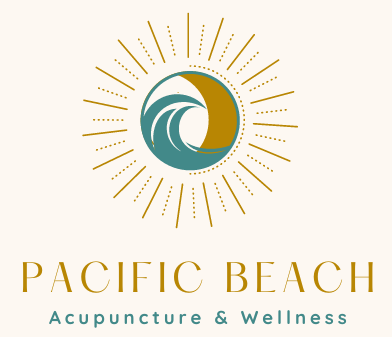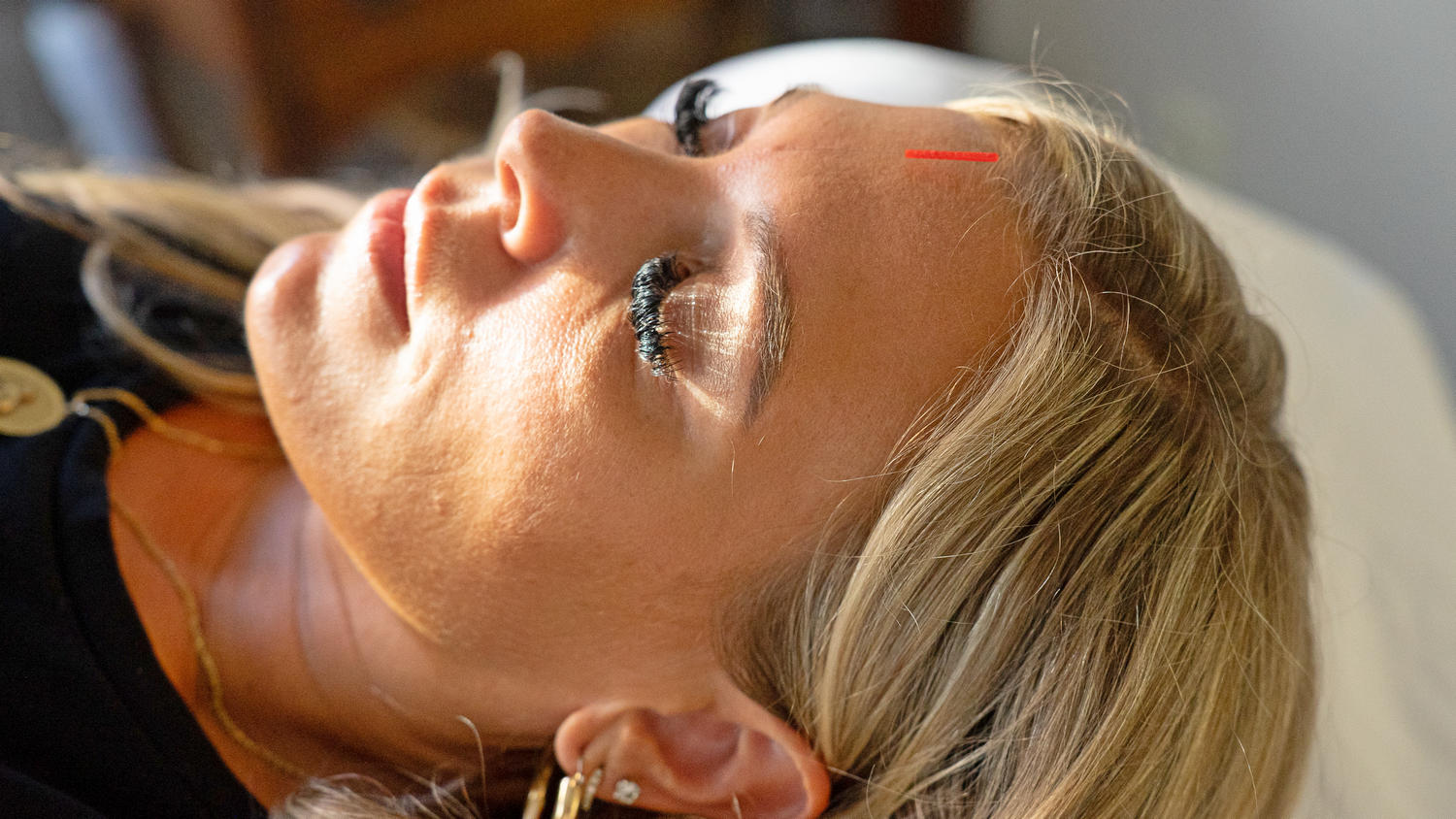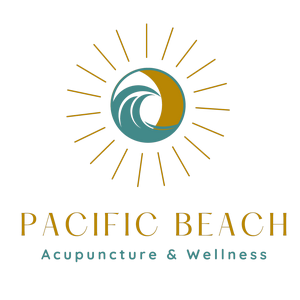Find Lasting Relief from Sciatica with Acupuncture & Cupping Therapy
Do you have chronic pain in your low back and hips? Perhaps the pain often travels down your leg or even all the way to your foot. This can be debilitating and inhibit you from activities you enjoy or even basic daily activities. If so you may be suffering from sciatica, a condition that is caused by compression of the sciatic nerve. If you prefer to avoid unnecessary surgery and explore a natural way to relieve this pain there is a solution, Chinese medicine treats the root of sciatic pain to restore mobility and comfort. Read on to discover how acupuncture and cupping therapy provide safe, natural, and lasting relief from sciatica.
What Is Sciatica—and Why Is It So Painful?
Sciatica is more than just lower back pain. It’s a condition caused by irritation or compression of the sciatic nerve, which runs from the lower spine down the back of each leg. When inflamed, it can cause:
-
Sharp or burning pain in the low back, buttock, or leg
-
Numbness or tingling sensations
-
Muscle weakness
-
Pain that worsens with sitting, standing, or movement
This discomfort can be constant—or flare up unpredictably—making everyday tasks and restful sleep feel nearly impossible.
Causes of Sciatica
From a Western medical standpoint, sciatica often stems from:
-
Herniated or bulging discs
-
Spinal stenosis
-
Piriformis syndrome
-
Muscle tension or inflammation pressing on the nerve
-
Injury or repetitive strain
Treatment typically includes pain medication, physical therapy, or, in severe cases, surgery. But many patients are looking for non-invasive, drug-free relief—and this is where Chinese medicine shines.
How Chinese Medicine Views Sciatica
In Traditional Chinese Medicine (TCM), sciatica is considered an obstruction of the body’s natural energy flow—Qi and Blood—along the Bladder and Gallbladder meridians, which run down the back and legs.
TCM identifies several root causes of sciatic pain:
-
Qi and Blood stagnation: Often due to trauma or overuse, leading to sharp, fixed pain
-
Cold and Damp invasion: Exposure to cold or damp environments can “invade” the meridians, causing stiffness, dull pain, or heaviness
-
Kidney deficiency: Weakness in the lower back due to age or overwork, leading to chronic sciatic discomfort
Treatment focuses on unblocking the meridians, dispersing inflammation, and tonifying the body’s energy to promote long-term healing.
Acupuncture for Sciatica: How It Helps
Acupuncture is one of the most effective natural therapies for sciatic pain. By inserting ultra-fine needles into specific acupuncture points along the affected meridians, we can:
-
Release tight muscles and spasms
-
Reduce nerve inflammation and compression
-
Promote blood flow to affected areas
-
Activate the body’s natural painkillers (endorphins and enkephalins)
-
Restore balance and prevent future flare-ups
Most patients experience significant relief after just a few sessions—and results often improve with continued care.
Cupping Therapy: The Perfect Companion to Acupuncture
To maximize pain relief and healing, we often combine acupuncture with cupping therapy.
Cupping uses suction to:
-
Loosen tight fascia and muscles
-
Increase circulation in the lower back and legs
-
Draw out stagnation and toxins
-
Release pressure from the sciatic nerve
-
Provide a deep sense of relief and relaxation
We may use moving cupping (gliding the cups with oil) or stationary cupping, depending on your symptoms.
Many patients say this combo gives them the deepest and fastest relief they’ve experienced for sciatica—without the side effects of medications.
We offer cupping therapy as its own session or in combination session with acupuncture to our patients.
Additional Ways to Treat Sciatica Holistically
Chinese medicine is about whole-body healing. In addition to acupuncture and cupping, your treatment may include:
Herbal Medicine
Customized formulas to reduce inflammation, nourish the Kidneys, and move Qi and Blood.
Stretching and Movement
Gentle yoga, tai chi, or walking can keep Qi flowing and prevent stiffness.
Heat Therapy
Applying a warm compress to the low back (especially if the pain is dull and achy) can help relax tension and soothe cold-type pain.
Diet
Avoid cold/raw foods and excessive caffeine, and include warming, anti-inflammatory foods like ginger, cinnamon, turmeric, leafy greens, and bone broth.
You Don’t Have to Live with Sciatic Pain
Sciatica can feel overwhelming, but relief is possible—naturally, safely, and holistically. At Pacific Beach Acupuncture, we offer gentle, effective care that addresses both the symptoms and root cause of your pain.
Whether your sciatica is new or chronic, we’ll create a personalized plan to help you move freely and live comfortably again.
Ready to feel better and get back to doing what you love—without pain?
Schedule your appointment today and experience the healing power of natural medicine.
More Services
We have the key to natural pain relief in Pacific Beach. Acupuncture reduces pain by targeting the issue from multiple angles. Some of the conditions we treat most often are back pain, neck and shoulder pain, pain from sports injuries, and chronic muscle tightness.
Food cravings can feel random, but cravings are messages or signals from your body. They’re communicating that something is out of balance, missing, or in need of nourishment. At Pacific Beach Acupuncture, we look at cravings through two perspectives Nutrition — what vitamins, minerals, and macronutrients your body might be lacking Chinese Medicine — what organ systems or emotional patterns may be signaling for support When you understand why your body craves certain foods, you’re better equipped to nourish yourself in a balanced, supportive way.
When you’ve been doing all the right things and still don’t feel quite right, your nervous system may be signaling a need for gentle support. Many of us live in a state of fight or flight fueled by stress, overstimulation, and constant activity always on the go, making our way to the next thing. But sometimes less is more, our minds are used to staying busy, but our bodies are quietly asking for a pause.




